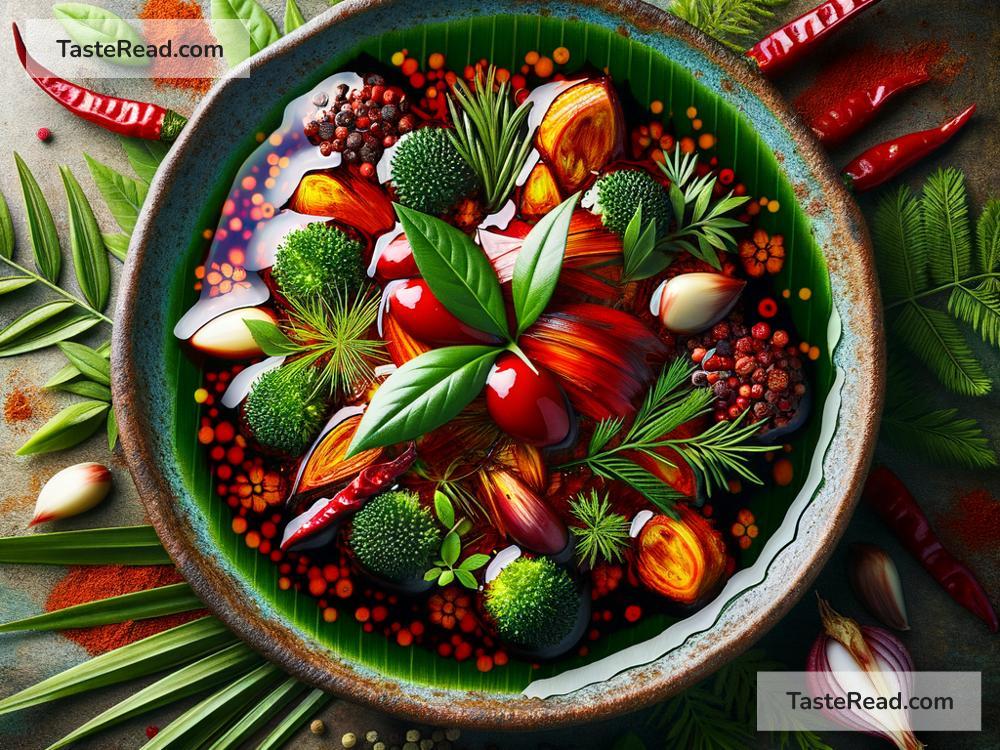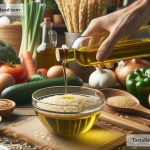Why Red Palm Oil is Gaining Popularity in Traditional Cooking
In the vast world of cooking oils, one has recently started to stand out more prominently on the shelves of health food stores and in the kitchens of those who swear by traditional cooking methods: red palm oil. Known for its distinct deep red-orange color and unique flavor, red palm oil is making a comeback in kitchens around the globe. But what exactly is fueling this newfound popularity? Let’s dive into the reasons behind the rising trend of red palm oil in traditional cooking.
Natural Nutritional Powerhouse
First and foremost, red palm oil’s nutritional benefits are impossible to overlook. This oil is packed with vitamins and minerals, but most notably, it’s an excellent source of Vitamins A and E. Vitamin A is crucial for maintaining healthy vision, skin, and immune system, while Vitamin E is celebrated for its antioxidant properties, which can help protect the body from free radicals that cause cellular damage. Red palm oil’s rich content of these vitamins, in a natural and easily absorbable form, makes it a desirable ingredient for those looking to boost their nutritional intake through their diet.
A Sustainable and Ethical Choice
The push towards more sustainable and ethical choices in the kitchen has also contributed to the popularity of red palm oil. Unlike some agricultural practices that are harmful to the environment, responsibly sourced red palm oil is produced in a way that is less detrimental to the planet. There are certifications and labels that ensure the palm oil you buy is sourced from plantations that adhere to sustainable practices, respecting the ecosystem and providing fair working conditions. As more consumers become conscious of the impact their food choices have on the world, the demand for such sustainably sourced products rises.
Heritage and Traditions
Rediscovering and preserving culinary heritage is a trend that continues to grow. Many people are turning towards traditional ingredients and cooking methods as a way to reconnect with their roots. Red palm oil is a staple in West African, Brazilian, and Southeast Asian cuisines, among others, and as such, it has become an integral part of the movement towards exploring and preserving these rich culinary traditions. Its unique flavor and ability to transform simple ingredients into vibrant and aromatic dishes are reasons why chefs and home cooks alike are incorporating red palm oil into their cooking.
Cooking Benefits
Red palm oil is not just nutritious and sustainable; it’s also incredibly versatile and beneficial in cooking. It has a high smoking point, making it ideal for frying and sautéing without the risk of producing harmful compounds that can occur when oils are heated beyond their smoking point. Additionally, its rich, earthy flavor can enhance the taste of various dishes, from stews and soups to sauces and marinades.
Health-Conscious Trends
Today’s consumers are more health-conscious than ever, and the benefits of red palm oil align perfectly with this trend. The oil’s natural composition, including its high level of antioxidants and “good fats,” supports heart health and can even support weight management efforts as part of a balanced diet. These health benefits, combined with its nutritional value, make red palm oil an appealing choice for those looking to maintain a healthy lifestyle through their diet.
Easy to Incorporate
Lastly, the sheer ease of incorporation into daily cooking is a reason for its rising popularity. Red palm oil can easily replace other fats and oils in recipes, offering a simple way to enjoy its benefits without having to significantly alter one’s diet. Whether it’s used in sautéing vegetables, as a base for soups and stews, or even in baking, red palm oil’s versatility makes it accessible to a wide range of culinary applications.
Conclusion
From its nutritional benefits and versatility in cooking to its role in sustainable and ethical consumerism, it’s clear why red palm oil is gaining traction in traditional cooking practices around the world. As more people seek out ways to incorporate healthy, flavorful, and responsibly sourced ingredients into their meals, red palm oil stands out as a choice that satisfies on multiple levels. Its resurgence in traditional cooking not only celebrates the rich culinary heritage of various cultures but also aligns with modern priorities of health and sustainability. Whether you’re a seasoned chef or a curious home cook, exploring the possibilities with red palm oil might just open up a new dimension in your culinary adventures.


